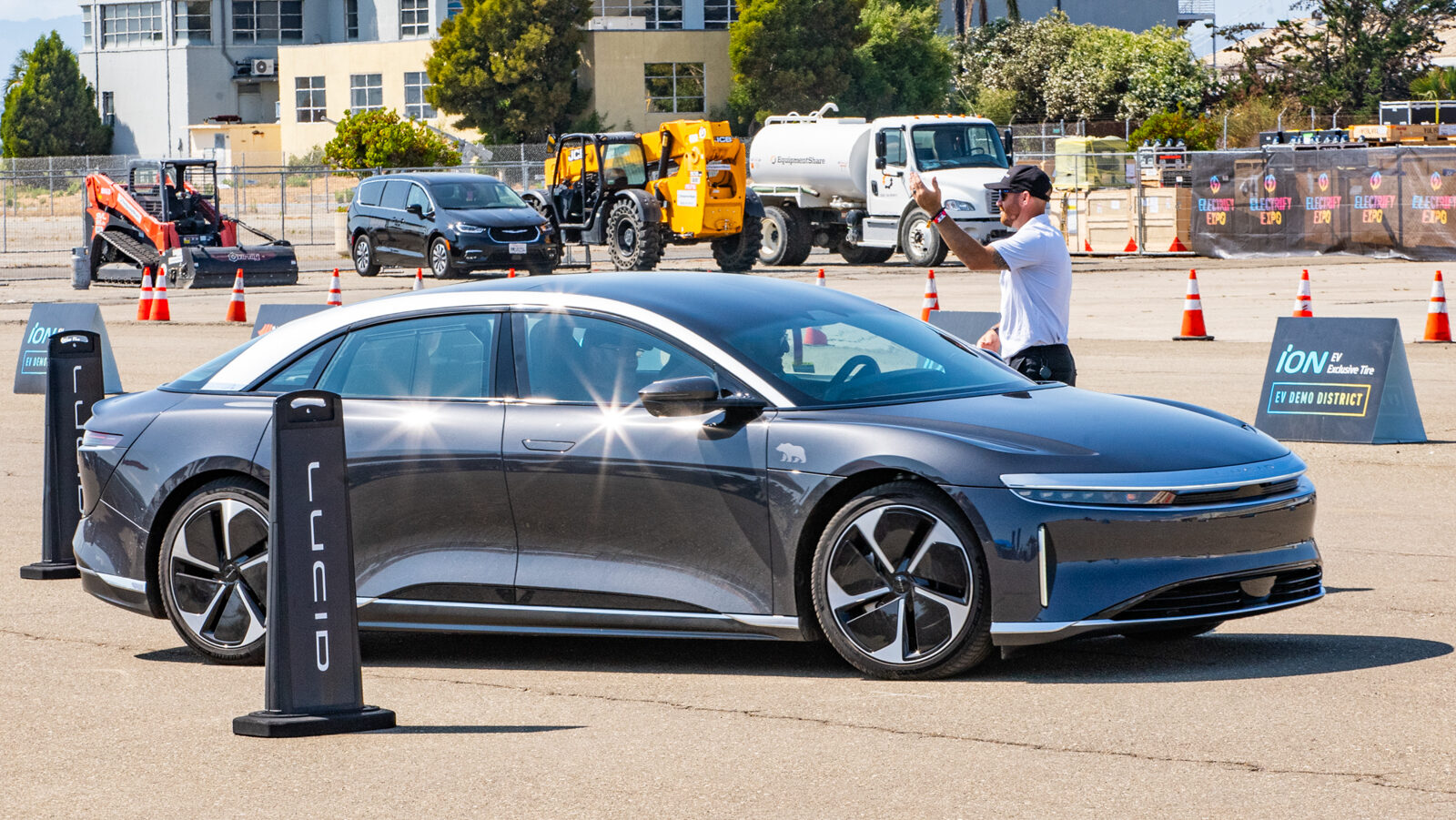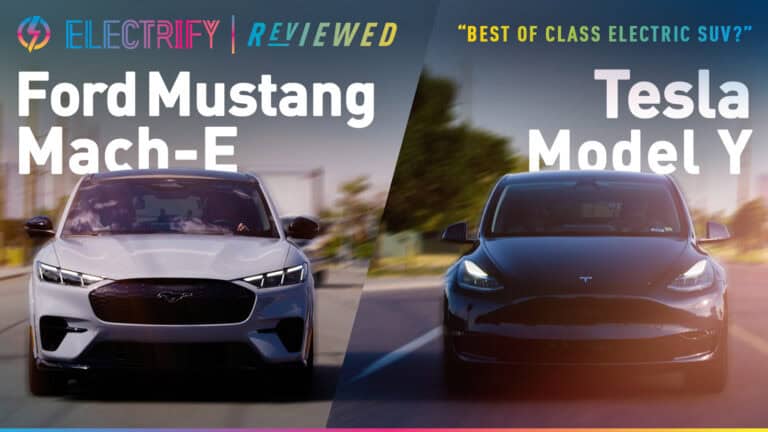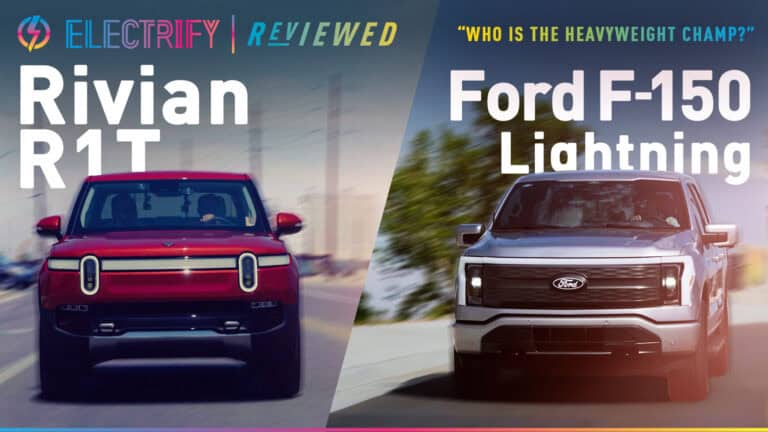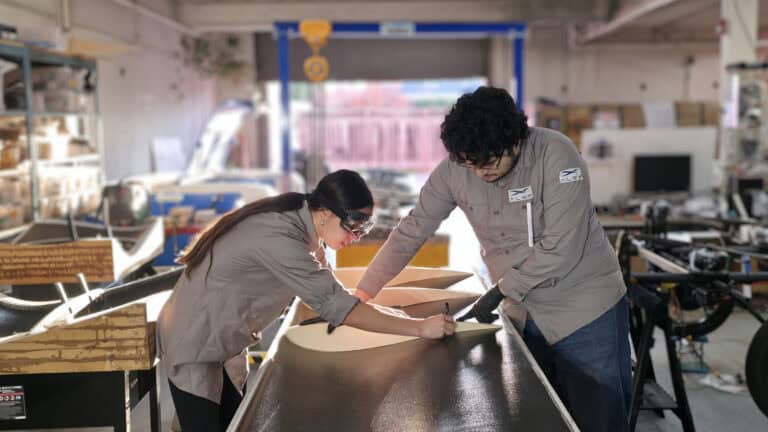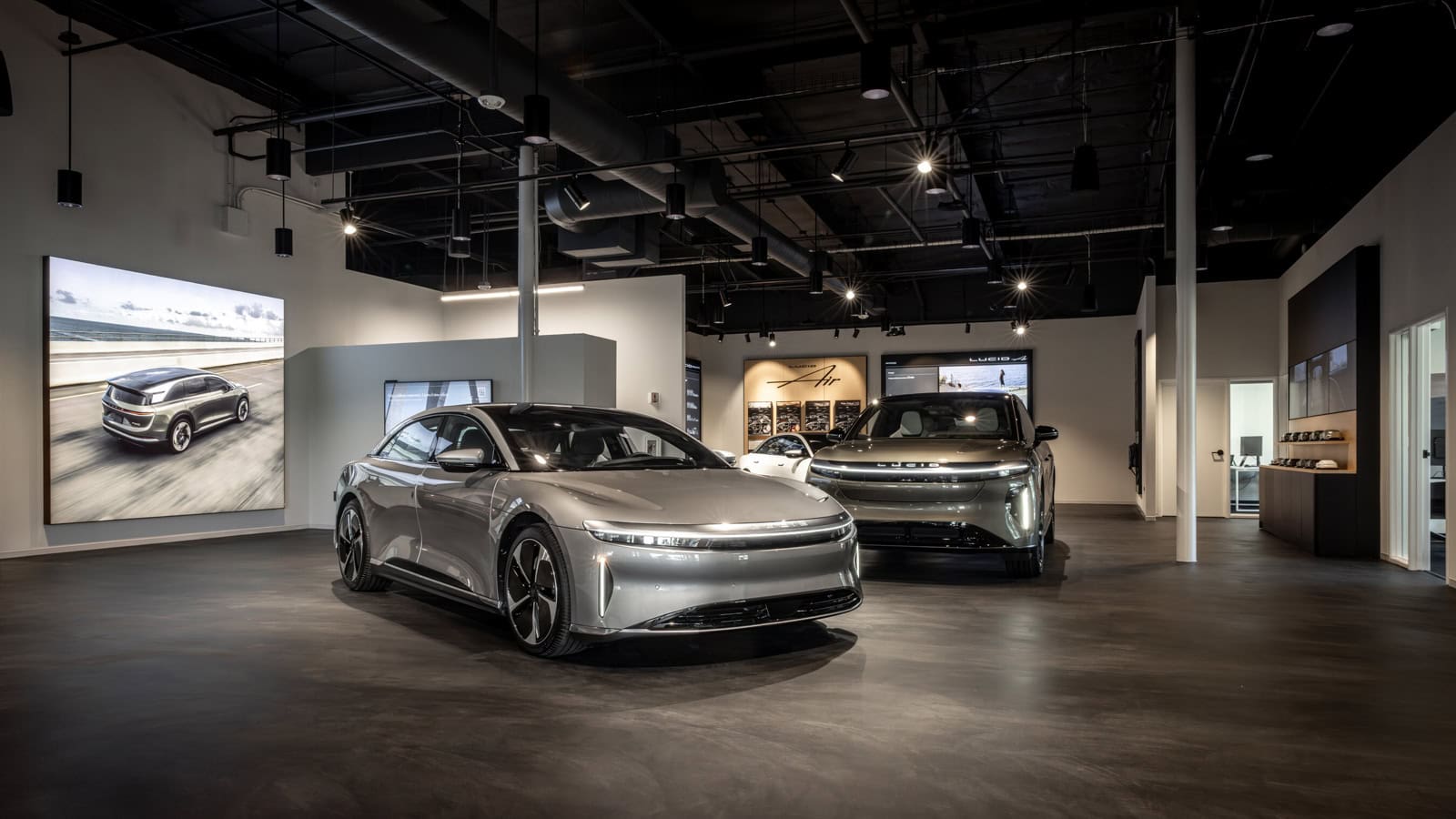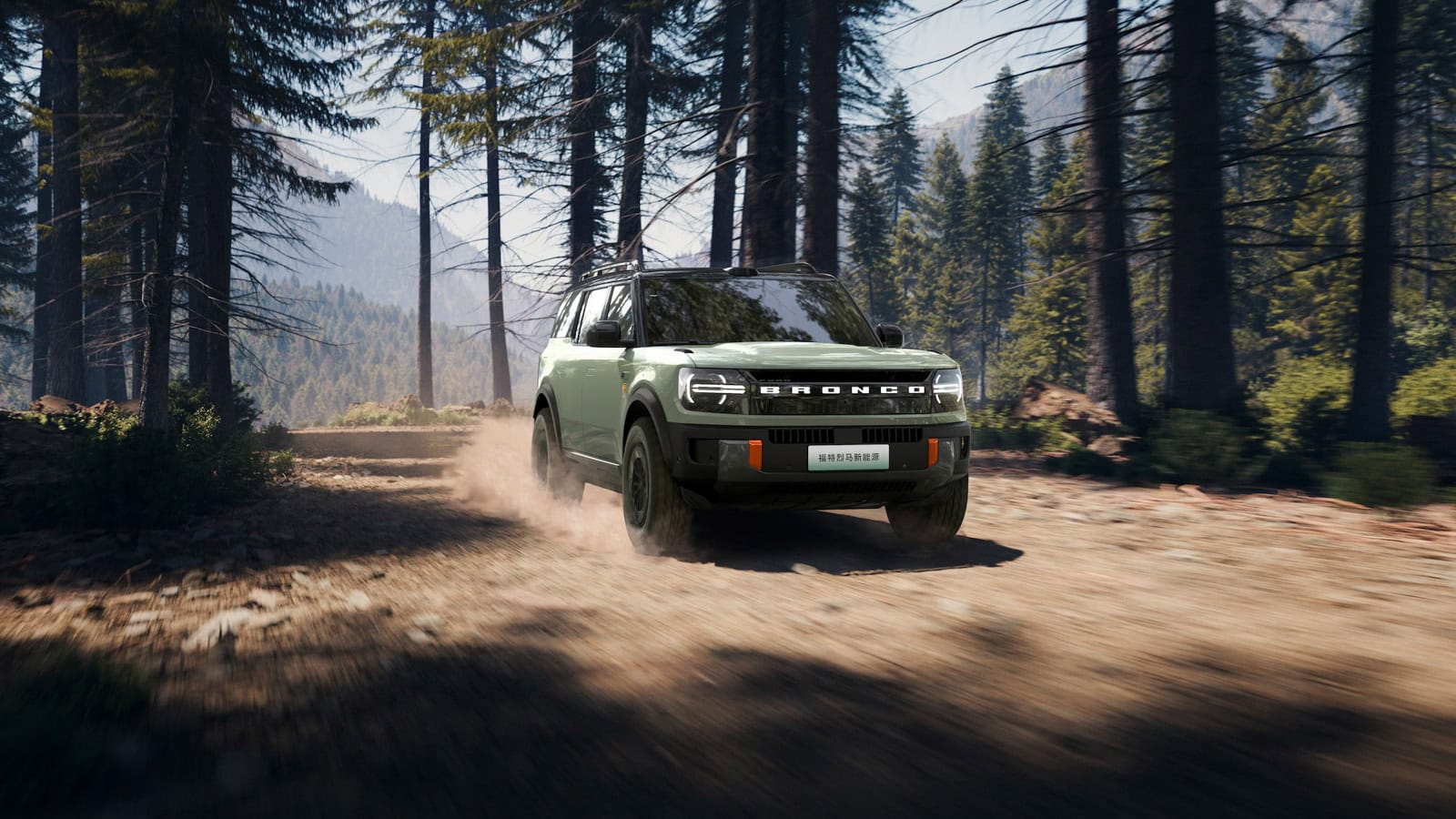- Lucid delivers Hands‑Free Drive Assist and Hands‑Free Lane‑Change Assist via OTA to Air starting July 30; Gravity gets it later.
- DreamDrive Pro employs 32 sensors, including lidar, radar, ultrasonic, and cameras.
- Lucid’s system is Level 2 now, but its hardware supports upgrade to Level 3 once regulatory approvals roll in.
ADVERTISEMENT
What’s the deal and why should you care? Starting July 30, Lucid Air owners will be able to let go of the steering wheel, legally, on certain highways. No, that’s not a joke. Thanks to an over-the-air (OTA) update, Lucid is rolling out Hands-Free Drive Assist and Hands-Free Lane Change Assist, both powered by its DreamDrive Pro system.
Gravity SUV owners are next in line. So yes, that quick coffee sip or casual glance at your passenger just got a little more comfortable. And no, you won’t need to head to a service center for it.
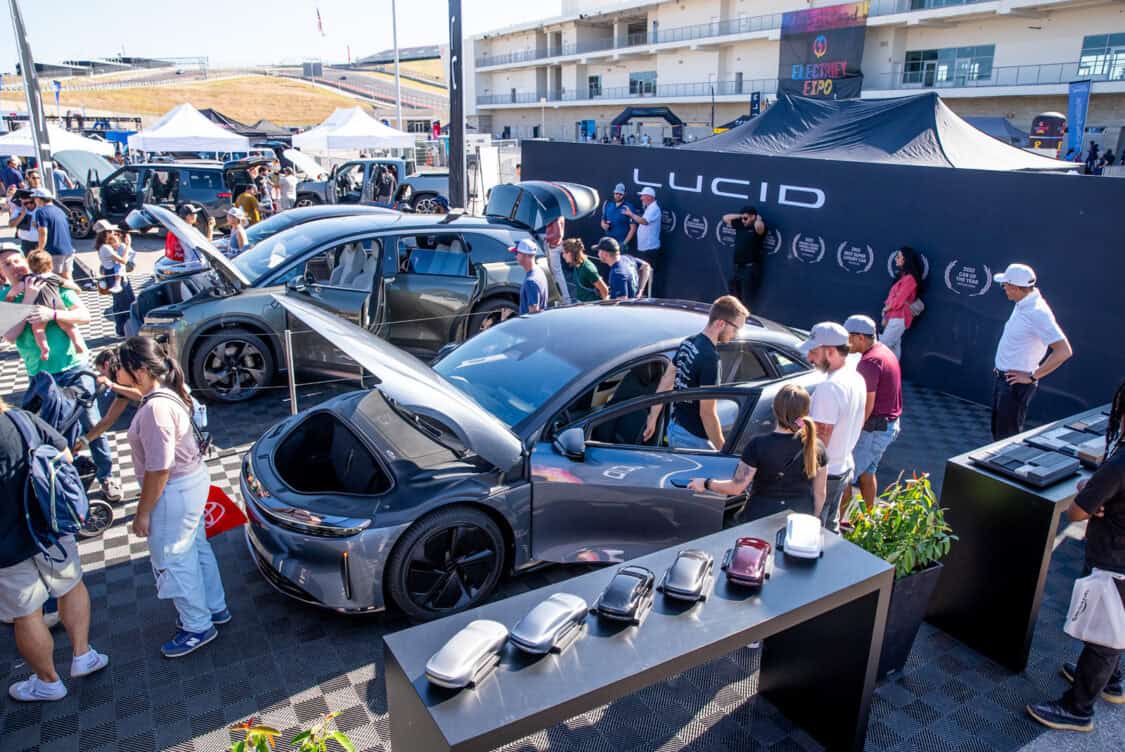
You might ask, “Wait, isn’t that Tesla’s turf?” Well, it’s similar, but Lucid packs sensors Tesla skips. Lucid’s system taps 32 smart sensors: lidar to measure distance using lasers, radar for tracking moving objects, ultrasonic for close-range sensing, visible-light cameras, and surround-view cameras, all working together.
In contrast, Tesla leans heavily on cameras alone. Even for its so-called Level 4 pilot program in Austin. Lucid’s stacking of sensor types gives it richer data for handling that lane‑switch or hands‑off cruise.
Lucid’s Kai Stepper, VP of ADAS and Autonomous Driving, says, “With our in‑house software stack, a comprehensive suite of 32 sensors, and regular OTA updates, we have a roadmap to continue to deliver significantly more functionality to our owners in the future.” That phrase, roadmap to more, hints at Level 3 potential down the line, where drivers could actually take their eyes off the road for stretches.
ADVERTISEMENT
So why not jump to Level 3 right away? Regulatory hurdles, mainly. Mercedes-Benz has permission for Level 3 driving in parts of California and Nevada, but most states (not to mention federal rules) still require drivers to monitor, even with hands off. Lucid can’t flick a switch across the map and say “Eyes‑off now.” They need approvals before enabling that nationwide.
Lucid’s timing is strategic. Rivian, Ford, GM, Mercedes, Stellantis, with its STLA AutoDrive, are all racing to deliver hands‑free or Level 3 features. Ford’s BlueCruise covers 130,000 miles; GM’s Super Cruise covers both divided and non‑divided highways; Mercedes has qualified Level 3 Drive Pilot in limited US regions.. Stellantis has developed a hands‑free, eyes‑off system but paused launch, citing caution around regulation.
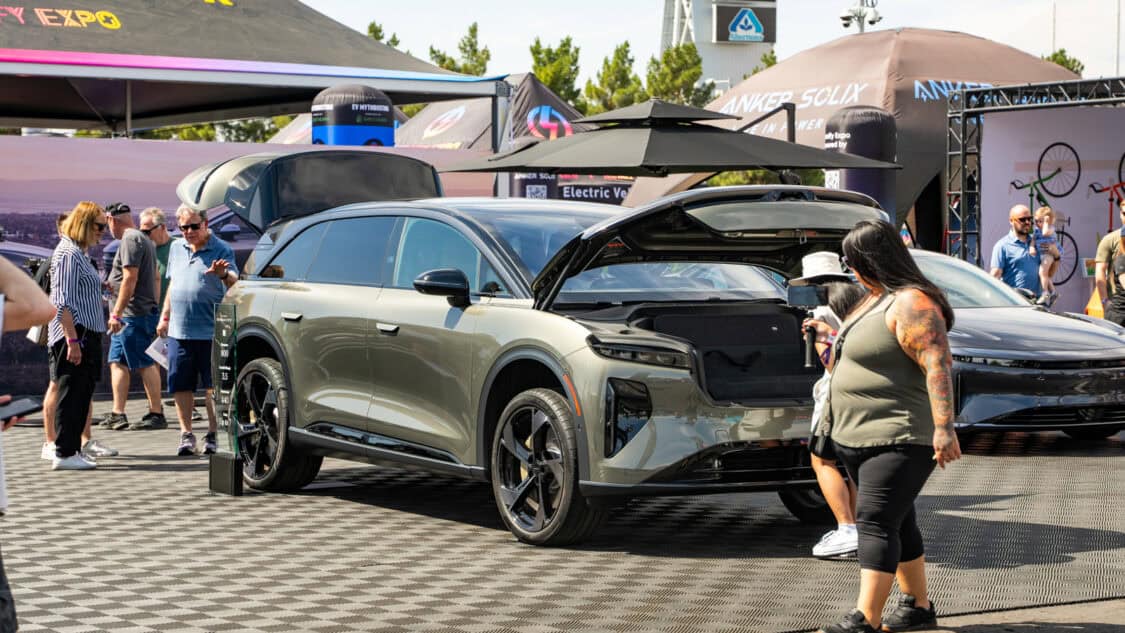
Still, Lucid plays its cards well. The OTA update avoids dealer visits. Users simply flick the turn‑signal stalk to initiate a lane‑change, and the car glides over when safe. And all this tech costs less: DreamDrive Pro is around US $2,500, compared with Tesla’s $8,000 for Full Self‑Driving.
Now here’s a zinger. Lucid builds this tech on a hardware rig already in your car. So sure, Level 3 capability is sitting there dormant, waiting for rules to catch up. And Lucid’s nudging regulators and drivers to embrace more autonomy.
ADVERTISEMENT

IMAGES: ELECTRIFY EXPO
FTC: We use income-earning auto affiliate links. Learn more.


